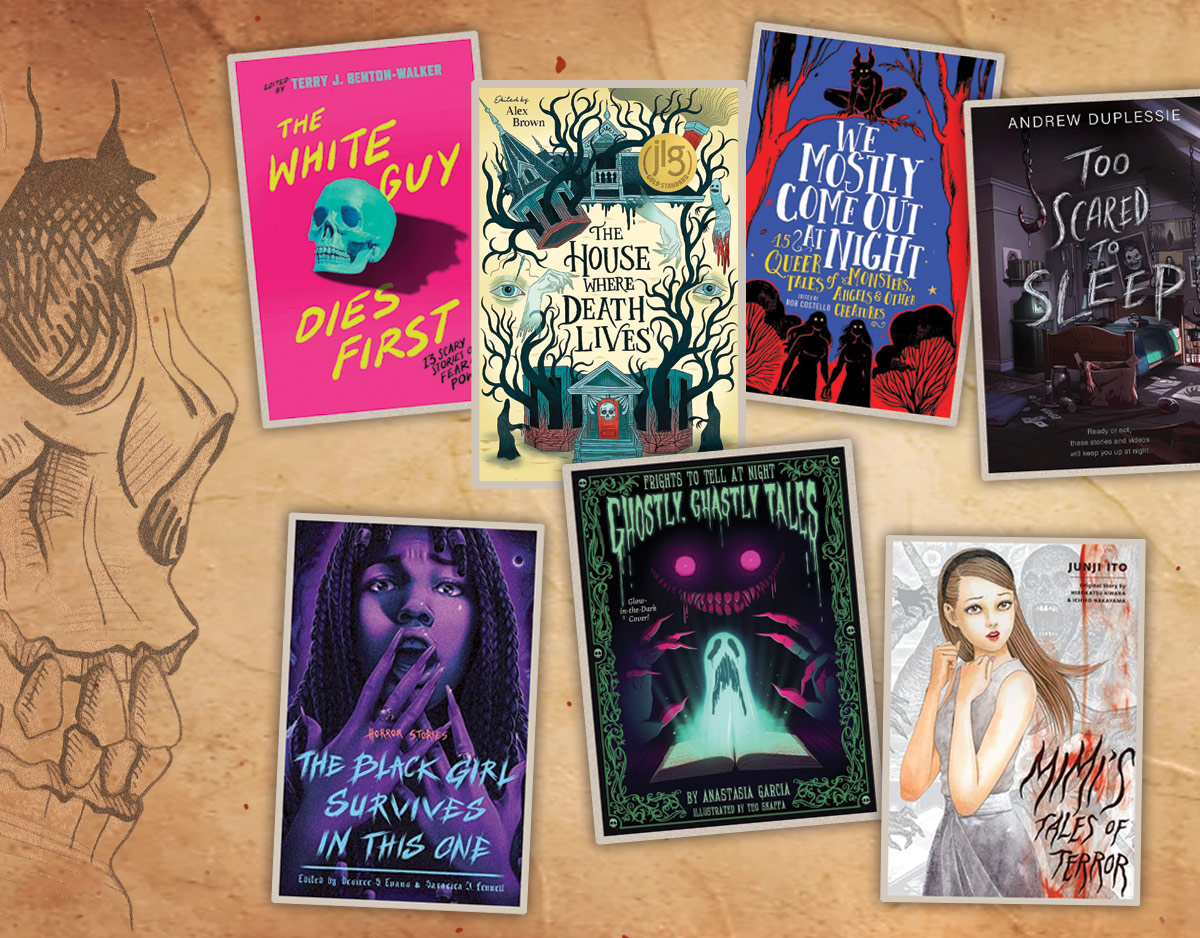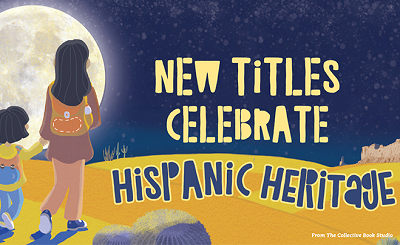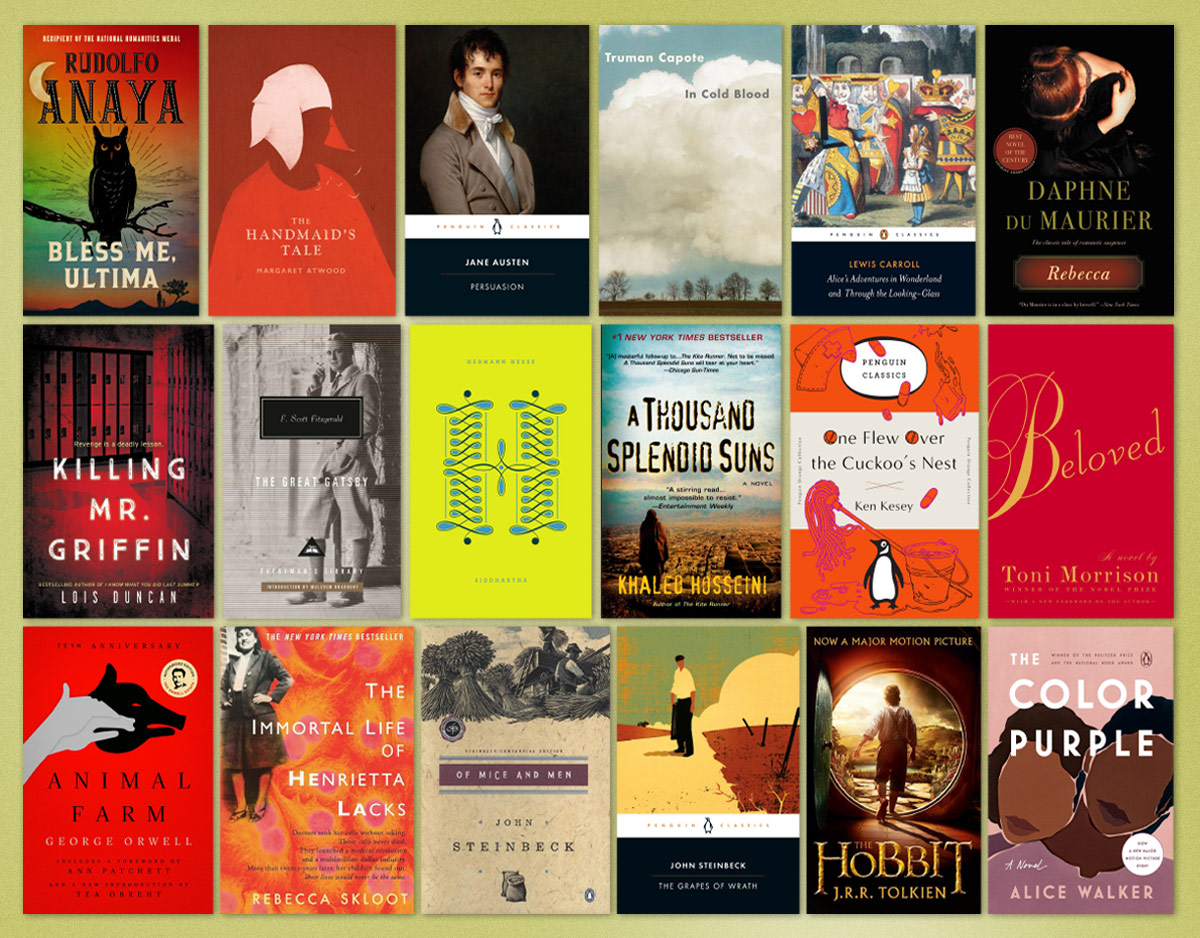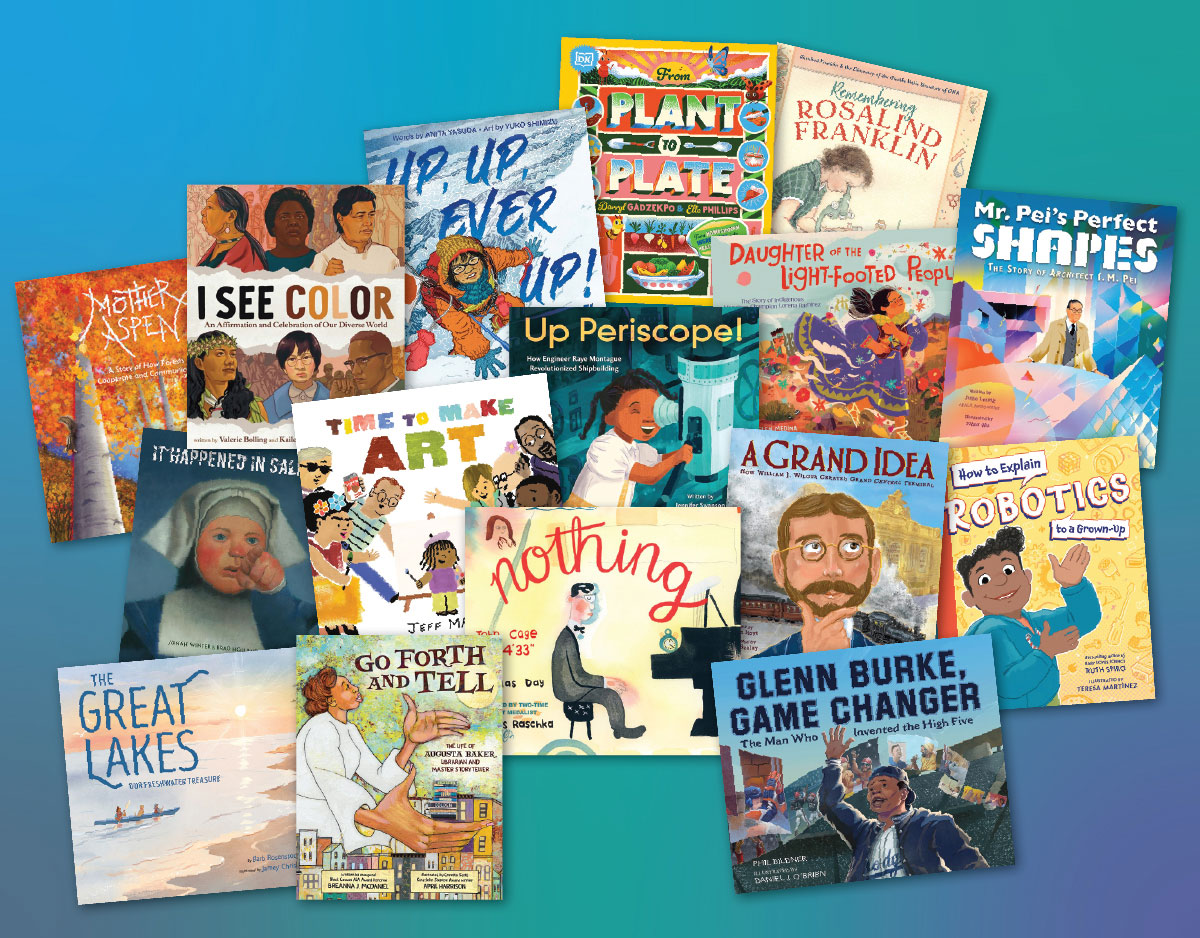2015 Geisel Winner: You Are (Not) Small
You are (Not) Small
2015 Geisel Award Winner
Written by Anna Kang; Illustrated by Christopher Weyant
Published by Two Lions, 2014
ISBN# 978-1477847725
Grades Pre-K – 3
Book Review
German philosopher Friedrich Neitzsche famously wrote, “There are no facts, only interpretations,” while American film director Tim Burton stated, “One person’s craziness is another person’s reality.” These two meditations on perspective sit at the core of the fantastically and deceptively simple beginner reader picturebook, You Are (Not) Small, by husband-and-wife team Anna Kang and Christopher Weyant. This year’s Geisel Award winner begins with a declarative statement by one wooly ursine creature that another is small. The statement is refuted when that second creature points back at the first and counters, “I am not small. You are big.” So begins a debate that grows more spirited as the two creatures are joined and supported by others like them, all until–“BOOM!”–two new creatures arrive to force a change of perspective by all parties. Kang’s text is straightforward, as it should be for early readers, but there’s nothing at all elementary about the meaning behind it as questions about perspective and inequality lie just below the surface. Weyant’s ink and watercolor illustrations are as bold as the declarations and as charming as the story’s progression. Together, they comprise a delightful book that’s perfect for a multitude of instructional activities in the literacy classroom.
Teaching Invitations
Concepts of Print and Reader’s Theater. The fact that the text of the book contains only dialogue makes it ripe for reader’s theater activities. Kang does not always punctuate sentences conventionally, which makes determining what kind of sentence each is and how it should be read aloud a worthwhile exercise for students as they prepare their reader’s theater performance. Have your students practice reading the story aloud in small groups and then perform a reader’s theater version of it in different voices and with different intonation to hear all the ways it can be read aloud fluently.
ADVERTISEMENT
ADVERTISEMENT
Word Study. Through the text and images of the book, Anna Kang and Christopher Weyant explore the subtle differences in meaning among the words small and big. Over a period of time, ask your students to note / collect examples of the uses of these words in phrases and sentences. Record the examples so that you can look across the listing to try to develop generalizations around the use of these words.
Learning about Scale. Help students learn about scale by first asking them how they know something is big or small. Use a variety of images that can illustrate how knowing the scale of something, or knowing how to read a scale bar, helps to fully comprehend the true size of something. Some of these images might be a map of the solar system or a close-up and blown-up image of a square inch of a forest floor. Once they understand what scale is and how one reads a scale bar, arm them with iPads or other digital photography tools. Challenge them to take photographs that trick viewers about the scale of an object to present in class and have their classmates guess what the subject of the photo is. Don’t forget to remind them to take another photo of the same object that shows its real size and scale. You might want to share the picture book, A Closer Look (see below in Further Explorations), as well for examples of how students might do this.
Writing about Perspective and Scale. Much of the book’s cleverness and humor stem from the different perspectives each character has about size and scale. Provide students with a variety of different-sized objects. Have them describe the objects from the perspective of a creature that’s much smaller than it (e.g., a ladybug or a baby) and then from the perspective of a creature that’s much larger than it (e.g., a giraffe or a grown-up). After brainstorming descriptive phrases the creature might say or think, guide students to turn those phrases into a poem or a short story. Or take an object: how would it compare in size according to a variety of others ones? You might want to share some of the works on perspective and scale by acclaimed children’s author-illustrator Steve Jenkins, such as Actual Size and Big and Little (see below in Further Explorations).
Write the Sequel: You Are (Not) Hairy. Challenge students to write the next debate to occur between creatures, based on the final sentence of the book, “You are hairy.” Guide them through a study of the dialogue that Kang uses, focusing on the kinds of sentences she writes and how in combination with Weyant’s artwork, the meaning of each sentence varies. Encourage them to work in small groups so that they may include illustrations and a reader’s theater performance of their sequel to share with the class.
The Theodore S. Geisel Award. Discuss the fact that You Are (Not) Small has received an award that, in name, honors the work of Theodore Geisel, or Dr. Seuss. Compare You Are (Not) Small with one of Dr. Seuss’s beginning readers such as Hop on Pop. What is similar about the two books? What is different? What makes the books well suited for beginning readers? Expand this activity by gathering the other Geisel award winners and sharing the award criteria with your students. Distribute the books to small groups of students and ask them to discuss how in their view, the criteria apply to the winners. As a further extension of this activity, you might ask older students to use what they have learned about books for beginning readers to author their own beginning reader book. These books can be shared with primary grade students. Further discussion of Geisel award winners and honors books can be found in our Classroom Bookshelf entry for The Watermelon Seed, Up! Tall! and High!, Tales for Very Picky Eaters, and I Want My Hat Back.
Critical Literacy
Perspective and Power. As the book explores (and the Nietzsche and Burton quotes in the review assert), the notion of truth is very often a matter of perspective. But why, then, do some perspectives have more sway than others? Engage students in a discussion about issues of perspective and power by sharing books that tell familiar stories and pairing them with another that tells its counterstory, such as that of The Three Little Pigs and The True Story of the Three Little Pigs, by Jon Scieszka, and the story of Columbus’s “discovery” of America with Encounter, by Jane Yolen.
Further Explorations
Online Resources
Anna Kang’s website
http://www.pippinproperties.com/authors-illustrators/anna-kang/
Christopher Weyant’s website
http://christopherweyant.com
Geisel website
http://www.ala.org/alsc/awardsgrants/bookmedia/geiselaward/
Map Scale Types – Geography for Kids
http://www.kidsgeo.com/geography-for-kids/0028-map-scale-types.php
Books
Jenkins, S. (1996). Big and little. New York: HMH Books for Young Readers.
—. (1996). Biggest, strongest, fastest. New York: HMH Books for Young Readers.
—. (1998). Hottest, coldest, highest, deepest. New York: HMH Books for Young Readers.
—. (2004). Actual size. New York: HMH Books for Young Readers.
—. (2005). Prehistoric actual size. New York: HMH Books for Young Readers.
Klassen, J. (2011). I want by hat back. Somerville, MA: Candlewick Press. http://classroombookshelf.blogspot.com/2011/11/i-want-my-hat-back.html
McCarthy, M. (2007). A closer look. New York: Greenwillow Books.
Miller, M. (1998). Big and little. New York: Greenwillow Books.
Long, E. (2012). Up, tall, and high! New York: G.P. Putnam and Sons.
http://classroombookshelf.blogspot.com/2013/02/2013-theodore-s-geisel-award-up-tall.html
Pizzoli, G. (2013). The watermelon seed. New York: Hyperion.
http://classroombookshelf.blogspot.com/2014/02/2013-geisel-award-winner-watermelon-seed.html
Schaefer, L. (2010. Just one bite: 11 animals and their bites at life size. Ill. by G. Waring. San Francisco: Chronicle Books.
Schneider, J. (2011). Tales for very picky eaters. New York: Clarion Books.
http://classroombookshelf.blogspot.com/2012/01/2012-theodor-seuss-geisel-award-winner.html
Shea, S. A. (2011). Do you know which ones will grow? Ill. by T. Slaughter. Blue Apple Books.
Filed under: Awards, Beginner Readers, Fiction Picture Books
About Grace Enriquez
Grace is an associate professor of language and literacy at Lesley University. A former English Language Arts teacher, reading specialist, and literacy consultant, she teaches and writes about children’s literature, critical literacies, and literacies and embodiment. Grace is co-author of The Reading Turn-Around and co-editor of Literacies, Learning, and the Body.
ADVERTISEMENT
ADVERTISEMENT
SLJ Blog Network
One Star Review, Guess Who? (#211)
Free Piano (Not Haunted): A Cover Reveal and Q&A with Whitney Gardner
Kevin McCloskey on ‘Lefty’ | Review and Drawn Response
Notable NON-Newbery Winners: Waiting for Gold?
The Seven Bills That Will Safeguard the Future of School Librarianship
Take Five: Newbery Picks, Part Two
Gayle Forman Visits The Yarn!
ADVERTISEMENT








